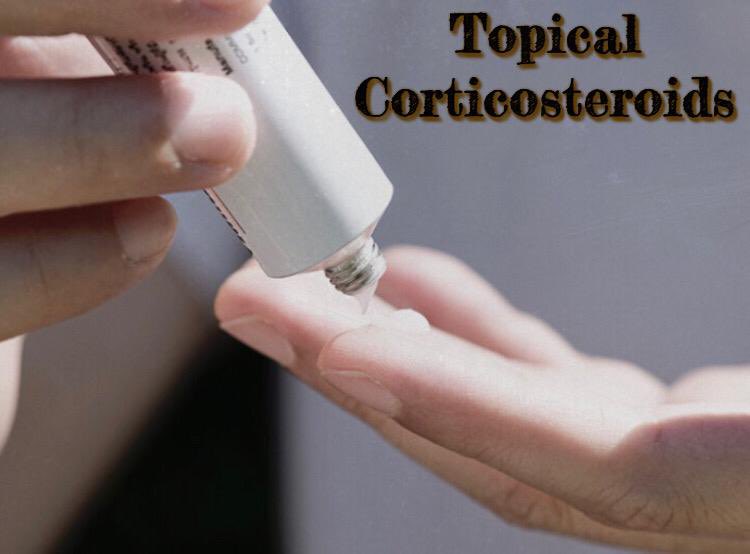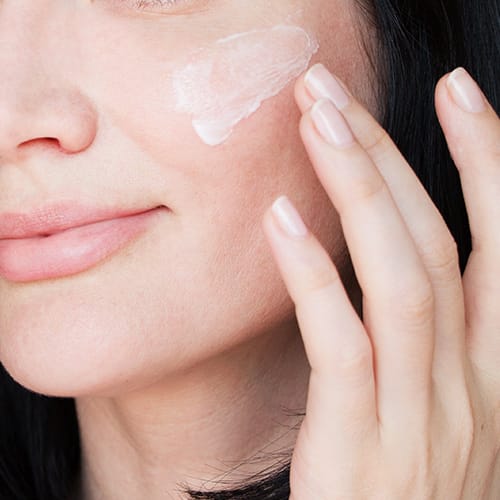Topical steroids are widely used in dermatological conditions. Glucocorticoids are commonly used steroids. These result in anti-inflammatory, immunosuppressive, vasoconstrictor, and anti-proliferative actions. The actions of steroids involve absorption into the deeper layers of tissue. Potency depends on lipophilicity due to the skin’s lipophilic nature. Fluorinated compounds and lipid-soluble esters like hydrocortisone butyrate are potent.
General guidelines for the use of topical steroids:
The penetration of steroids into the skin varies depending on the site. Areas such as the groin, face, scalp, axilla, and scrotum have high penetration. Limbs and trunk have medium penetration, while the palm, sole, elbow, and knee have very low penetration. High penetration areas are more prone to developing side effects.
Absorption into the skin depends on the nature of the lesion. Mild drugs should be used on acute lesions, while strong ones should be reserved for chronic lesions.
The vehicle used for the steroid is crucial. Lotions and creams are better for oozing lesions. They allow evaporation, have a cooling effect, aid in drying, and offer anti-pruritic effects. Sprays and gels work well for hairy regions. Ointments are effective in dry and scaly conditions.
Absorption is higher in infants and younger children, so very mild concentrations are recommended.
Potent steroids are not usually recommended for mild to moderate conditions. Potent preparations are only used for the short term.
The combined use of topical steroids with antimicrobials enhances the effects.
Local Adverse effects of Topical steroids
- Thinning of skin
- Hypropigmenation
- delayed wound healing
- Fungal and bacterial infection
Systemic adverse effects of Topical steroids
- Cushing syndrome


